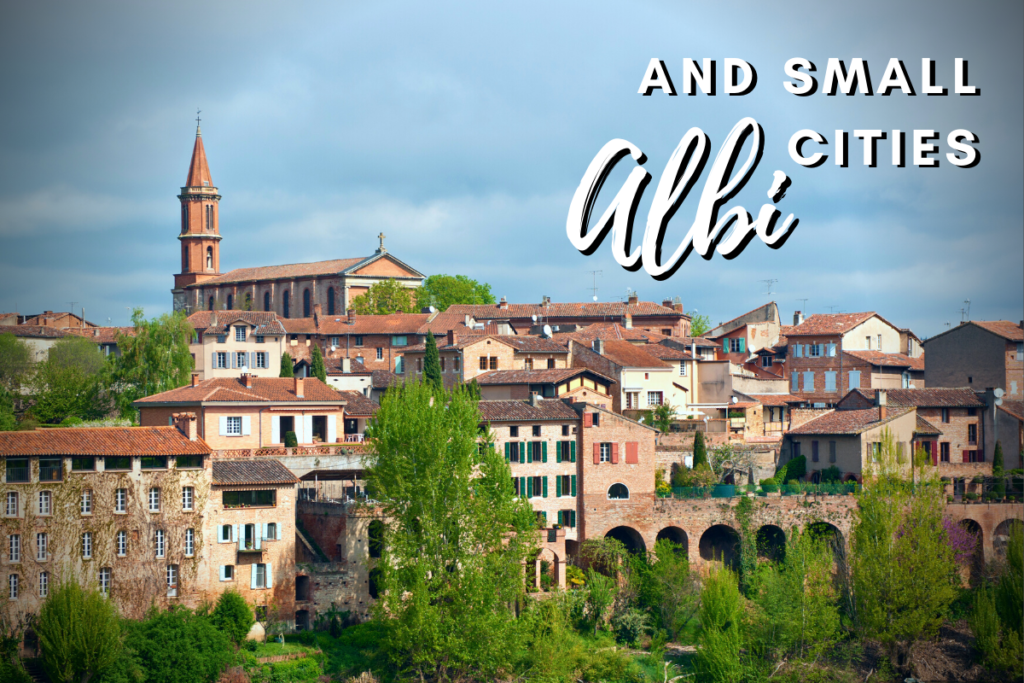
Albi and Small Cities
I am reading an excellent book. Every time I open it to keep reading, I get a little jolt of pleasure. As much for the bookmark as the book. I bought the bookmark last fall in Albi when I spent a week there. The image is a linear photo of le Palais de la Berbie et la Chathédrale Sainte-Cécile, rising above the banks of the Tarn River in the southwest of France. Not only does this evoke wonderful memories, it strikes me as a metaphor. Small cities are having a bit of a moment, are rising.
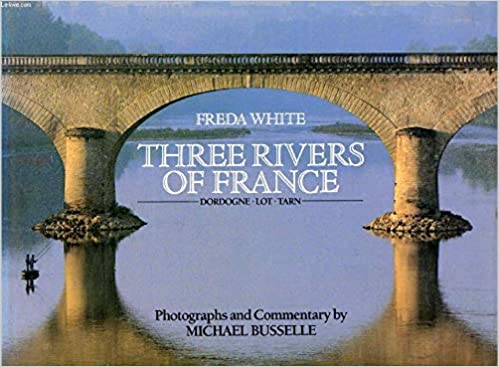
Albi has been on my radar since 1990. Maybe earlier, since I’ve known for a long time that this was the home of Toulouse-Lautrec. In 1990 it became a destination that I wanted to visit after reading Three Rivers of France by Freda White. That book inspired the choice of the first destination for my previous travel company offering self-guided cycling and walking tours. It is top of mind again as my current company, Rowing The World is offering a new trip for 2022 called Three Rivers of France. We will be rowing on the Dordogne, Lot and Tarn Rivers.
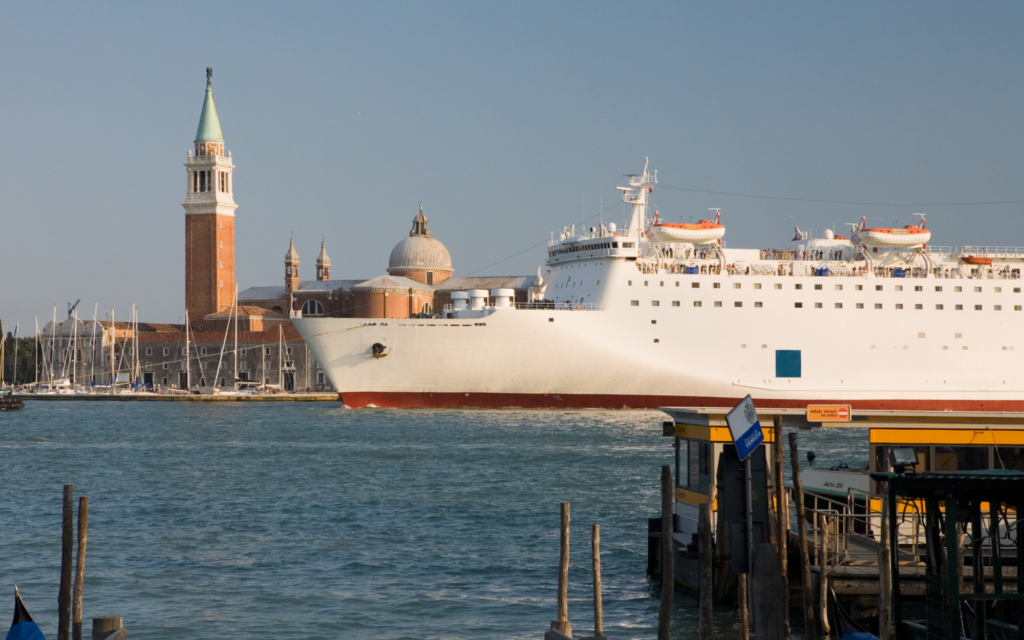
First a quick lesson in tourism
Prior to the pandemic, over-tourism was an oft repeated and debated issue. Wikipedia says that the term became current around 2015 but pressure was building since the 1970’s. Huge cruise ships towering over Venice and disgorging thousands of passengers who just buy an ice cream. Residents of Barcelona unable to find an affordable place to live, with many apartments bought up for short term rentals. The centre of Amsterdam overrun by tourists urinating in the streets and leaving garbage strewn in their wake. Those are some of the most graphic images, but over-tourism is characterized by too many visitors, too much disturbance such as noise and too many other negative impacts. Residents feel pushed out and excluded. In some of the worst examples, there were 20 tourists for every resident.
Even before over-tourism became a buzzword, it was clear that tourism has negative impacts, as well as positive. In response, sustainable tourism, responsible tourism and ecotourism emerged as concepts. A three-legged stool is a frequently used metaphor to illustrate that tourism needs to address environmental, community or social plus economic aspects or it will be unbalanced and can’t be maintained. Gradually awareness built and change came. More and more people bring their own water bottle. Eco-lodges are chic. Consumers can now make travel choices based on sustainability, although overshadowed by the greater growth in cruise vacations, cheap and cheery package holidays, and discount airline flights to overcrowded cities. Over-tourism was winning over sustainable tourism.
The pandemic changed all that. To the detriment of businesses and workers in the tourism industry, people stopped travelling. No more over-tourism. Some started talking about under-tourism. Airlines, hotel chains and tourism industry associations were vocal in their demands for governments to lift public health orders, open borders and let the tourists pour back in. Beyond concern for the health and safety of residents and travellers alike, others were saying that it was worth waiting, and making changes before opening the floodgates again.
Locked down and looking to pivot or do whatever to survive, many in the industry, especially in my sector of adventure travel, began talking about how to build back better. One concept seemed to be getting heightened attention – regenerative tourism. This takes sustainable travel to another level, where you not only minimize negative impacts but actually leave the place better than you found it.
I confess to only a quick scan of the massive volume of blog posts, magazine and newspaper articles, social media content on regenerative and sustainable tourism. Some pundits have prophesized that regenerative tourism has supplanted sustainable tourism. I am convinced that a role remains for sustainable tourism. I am still undecided since many of these regenerative tourism options require travellers to be very wealthy. Maybe small cities are places where regenerative tourism and sustainable tourism can flourish in an affordable manner?
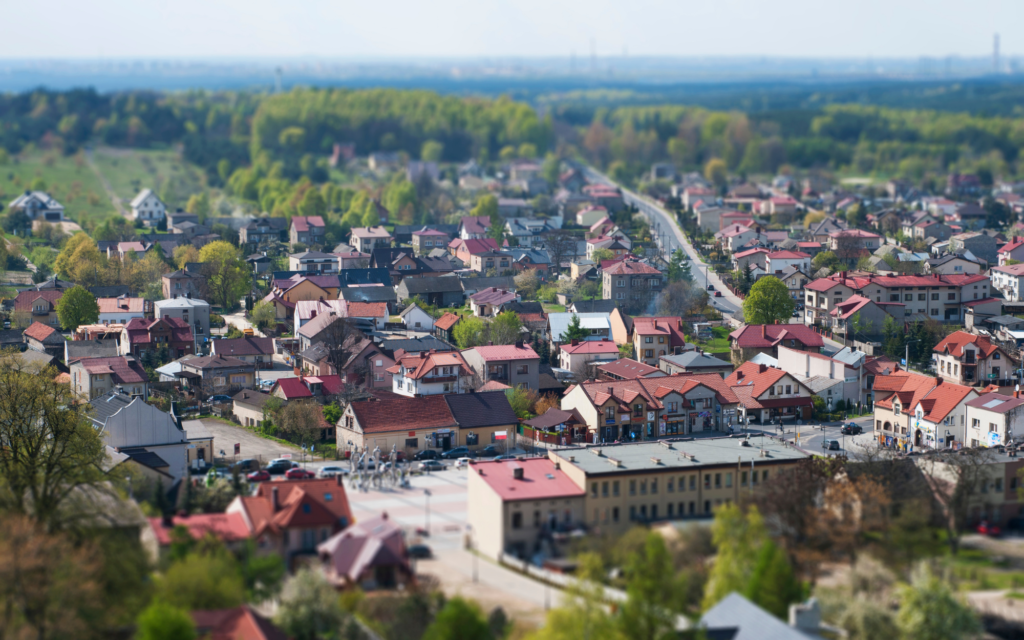
What is it about small cities?
The majority of travellers are unlikely to be reading discussions about sustainable vs. regenerative travel. Building back better is likely not on their radar as they pine for “getting back to normal”. Regardless, the pandemic has indirectly boosted these concepts, primarily through concerns about health and safety. Destination Canada recently published a report on Tourism’s Big Shift, a review of key trends shaping the future of tourism. Among other things, travellers want more wilderness and outdoor activities, they don’t want crowds. This is good for small cities.
The pandemic has also given a boost to small cities and communities through a migration of skilled workers. People are leaving Toronto and moving to Halifax or Lunenburg in Nova Scotia, a pattern replicated all over the world. The pandemic taught us that remote work is possible. Skilled workers are seeking the attributes that small cities and towns offer, such as more affordable housing, greater sense of community, easier access to outdoor recreation. But they still want to find excellent restaurants and access to culture. Turns out, small cities can deliver that too. And there are lots of them.
To paraphrase an old saying attributed, probably erroneously, to Abraham Lincoln, God must love small cities, because he (or she) made so many of them. By whatever reasonable definition, they vastly outnumber large cities in almost every country and contain significant shares of each nation’s population. While Germany has three cities of over one million population, and 96 between 100,000 and 1 million, it has 1518 cities between 10,000 and 100,000, which contain 42 percent of the country’s population.
Katrin Grossmann & Alan Mallach
Population growth is not the sole determinate of increasing significance. Any student of history will tell you that small cities have always played a role, rising and falling in importance with the patterns of history. Big cities grab the headlines and our attention, overshadowing their smaller cousins, who also offer much in history, culture and the things that travellers enjoy.
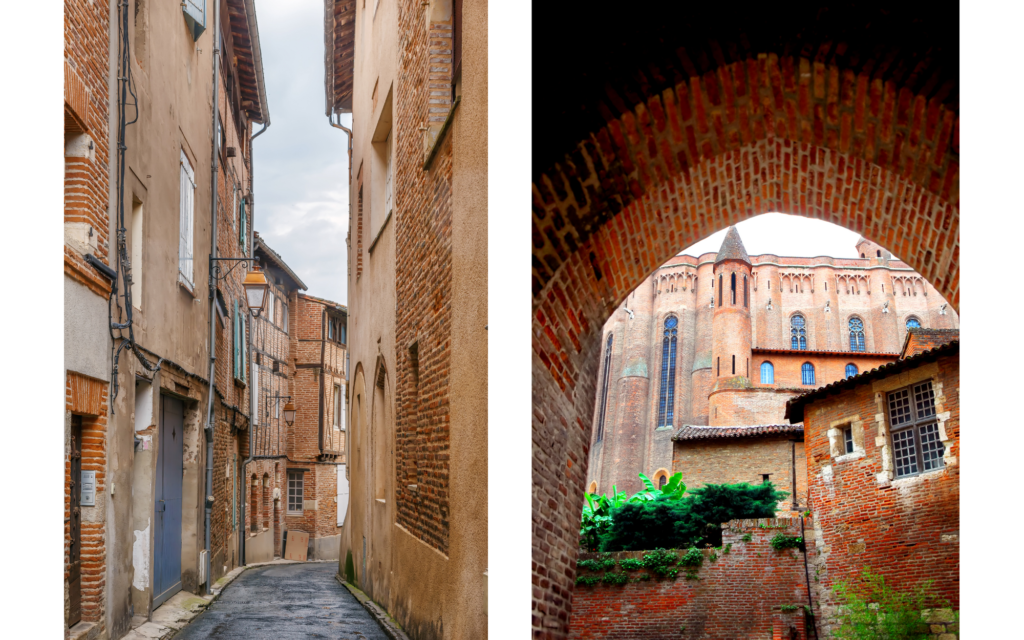
What about Albi?
Walking the streets of Albi, its earlier glory is clear. The cathedral and bishop’s palace of my bookmark reflect its significance during the Middle Ages as a religious centre. Home to Cathars, the city is known for the Albigensian Crusade, the severe repression of what was considered a heretical sect. Wealth over the years came from its key location on land and water transportation routes. The Pont Vieux still spans the Tarn River, but you no longer need to pay a toll to cross. Surrounded by rich agricultural land, Albi was and continues to be famous for Gaillac wines, Lautrec garlic, Toulouse violet plus charcuterie and meats from nearby Monts de Lacaune and Aubrac.
From the 14th to the 17th centuries, Albi was part of the land of Cocagne, a region growing the blue gold of woad or dyers’ pastel. The bright yellow flowers overshadow the leaves from which was processed a blue dye for royal robes and ultimately pigment for painting. There were 13 official shades of Occitan blue. Wealthy woad merchants in Albi and Toulouse built beautiful mansions at the height of this trade. Ultimately woad was replaced by indigo and then synthetic dyes. Recently, like small cities, it has been having a bit of moment or renaissance. Strolling the streets of Albi there are many opportunities to purchase a perfect pastel blue souvenir, as the city reclaims this part of its heritage.
Like woad, Albi is back, clearly a vibrant city, even during the pandemic. For me, it was a perfect destination for a week between guiding trips. I needed a place with easy access by train, good services – I do like my food – things to enjoy when I was not working on my computer but not so big as to be overwhelming and crowded. Albi was perfect.
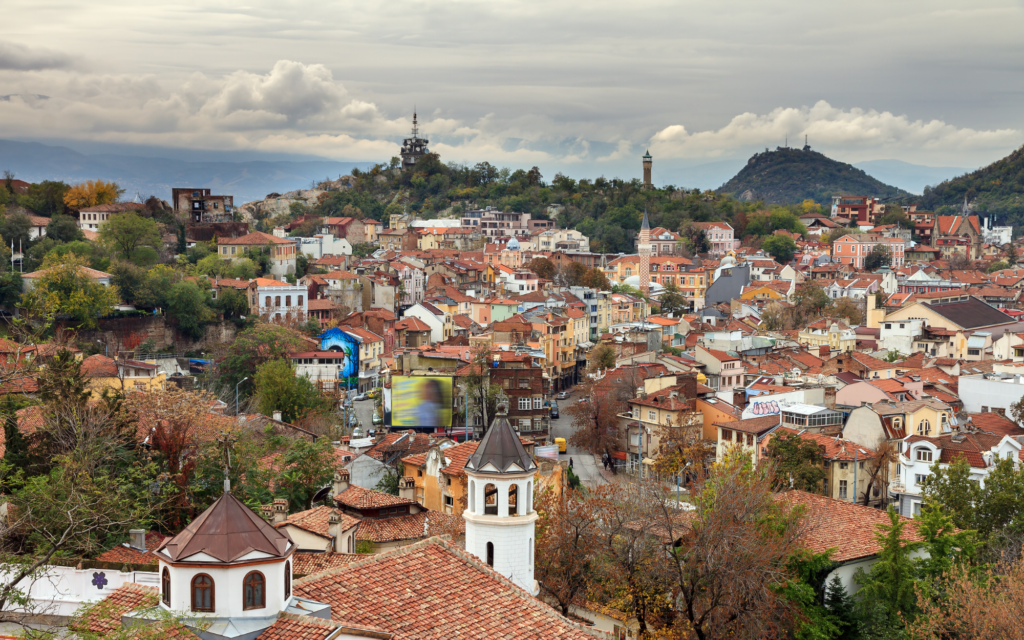
Which small cities to visit?
My stay in Albi got me wondering about other small cities that I would like to visit. I remembered that I chose to spend a similar interval in Plovdiv in Bulgaria in 2019. It was a terrific stay too. Rowers will know Plovdiv from its rowing basin and international regattas. When I was there it was one of two European Capital of Culture in 2019. I checked the list of past and upcoming locations. Many I did not recognize or had not visited, but I have been to these and highly recommend them:
- Galway, Ireland
- Valletta, Malta
- Aarhus, Denmark
- Stavanger, Norway
- Liverpool, England
- Cork, Ireland
I went looking for other ideas of small cities to visit, checking annual best of lists from National Geographic, Lonely Planet, Outside and Afar. These ones I have never been to, but they caught my eye:
- Varberg, Sweden
- Charlotte NC, USA
- Puerto Viejo de Talamanca, Costa Rica
- Nicosia, Cyprus
- Gyeongju, South Korea
- St. Ives, Cornwall, England
- Paraty, Brazil
- Girona, Spain
There is a whole world of small cities to explore. As our travel horizons re-open, I hope that you might consider spending some time away from the more famous destinations. Let’s prevent over-tourism from re-appearing. Make other sustainable travel choices like travelling there by train and staying for longer, meeting local people, staying in small hotels or B&Bs and supporting local tourism operators for unique activities. It is a wonderful way to travel!
Hey Ruth,
Great post – I love small cities, they feel much more accessible and real. If you are interested in regenerative tourism and have the time you might find this course of interest. https://capitalinstitute.org/course-introduction-regenerative-economics/ Not sure I can do it this year but am hoping it is offered again in the future. Keep well.
Hi Jane,
Thank you very much! I especially hearing it from you. I took a peek at the course – it is interesting. Timing might not work, but I will take a closer look. All the best to you too.
Thank you for the lovely piece and guidance about small cities. What a lovely small city menu you’ve set before us all. A beautiful feast! Merci.
You are very welcome Nadine. Glad that you enjoyed it. I hope that you might have a chance to visit Albi on your next visit to France.